Hello, I’m Beth! I’m a full time creator based in the Cairngorms in love with Scotland and Scottish history. Subscribers receive weekly newsletters about Scotland’s history and folklore, and a little about my life living and adventuring in this country. If you’d like to support my work as a writer, you can become a paid subscriber.
Interested? Click subscribe…
Hello friends,
This is a slightly different one today, but I felt compelled to write about it [TW: includes mention of grief and death].
Last week I shared my recent trip to Northumberland and all of the epic history and beautiful landscapes that I experienced. It was a truly incredible week, and I feel like I only scratched the surface of what Northumberland has to offer.
While I was on Lindisfarne I visited St Mary’s Church, the oldest building on the island. It is thought that St Mary’s stands on the site of the original monastery founded by St Aidan on Lindisfarne and is a mishmash of historical architecture reflecting the changing tides of Lindisfarne’s history. The south aisle dates to the 14th century, the chancel to the 13th century, and the north aisle to the 12th century. A prominent arch in the church which connects the chancel to the nave are Saxon in style, meaning that it predates 1066.
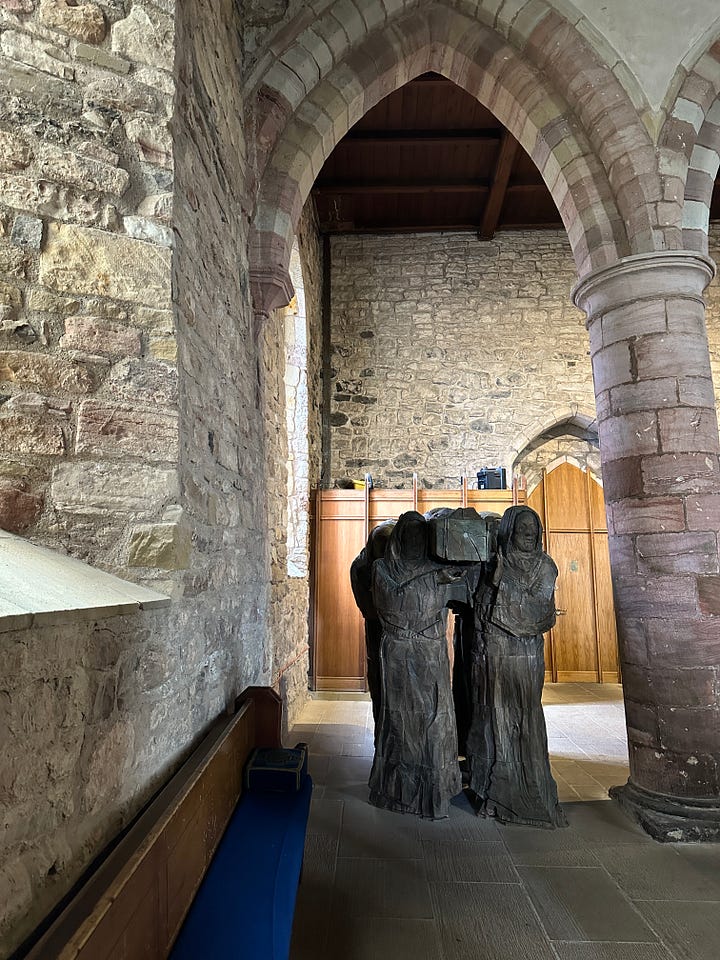
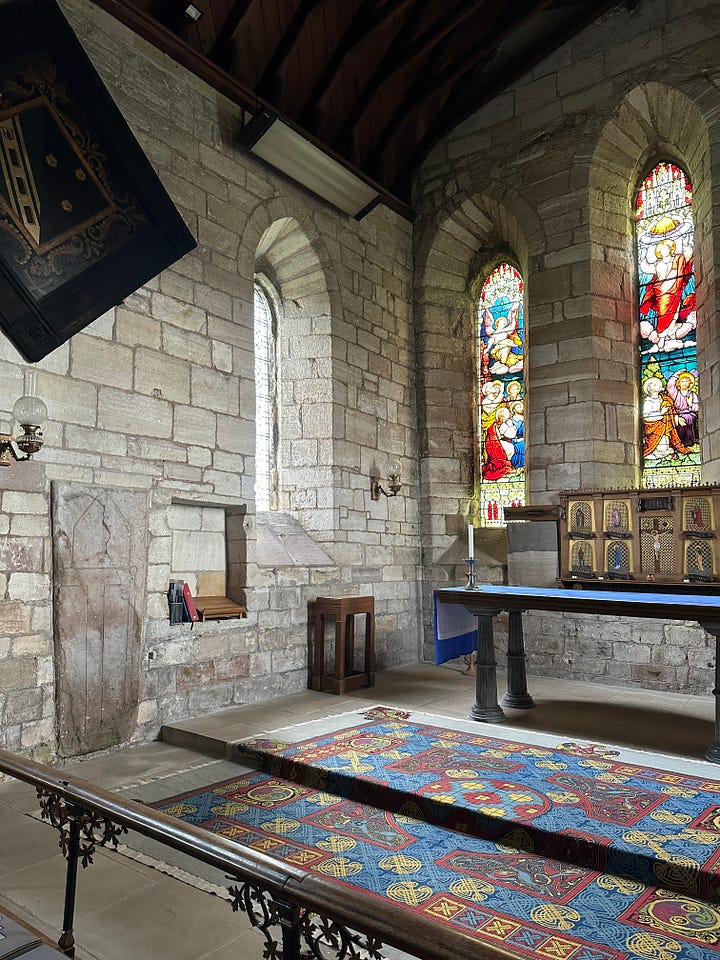
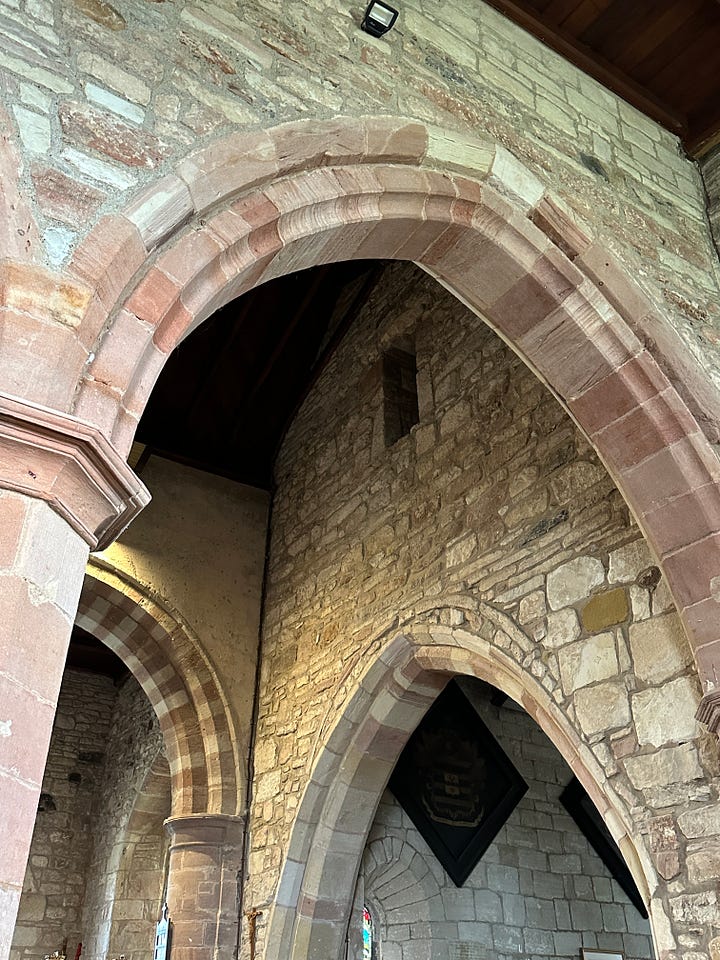
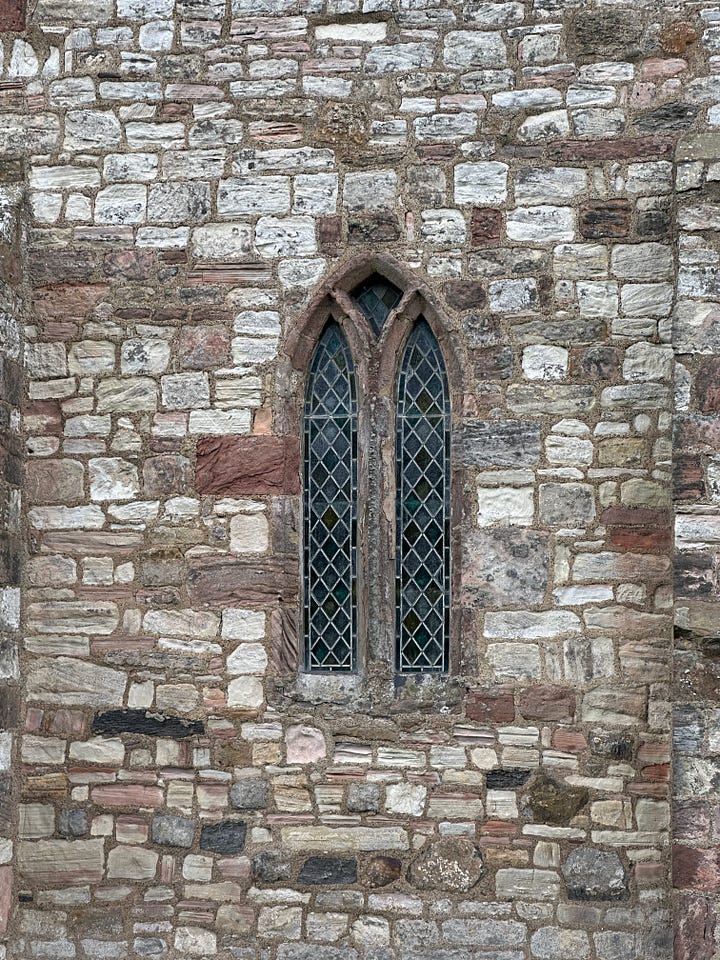
I was lucky enough to visit St Mary’s before many of the crowds of other visitors to the island and had a very peaceful experience there. I think the range of history in the building itself makes the passage of time quite tangible in this church. There are layers upon layers of history before your very eyes, evidence that this was an important place to people for many centuries. I was quite moved by it, to be honest.
The thing that struck me the most about St Mary’s was a very modern addition. In the south aisle, there are a number of boards with information about the church and the island, in addition to several trestle tables that contain written tasks and poetry for visitors to complete. I really liked this, and appreciated how it was a way for visitors (including children) to engage with the church’s history and place on the island.
However, one of the tasks was to answer the question: who would you invite to dinner with you? There were some ideas to help visitors decide on an answer. Who do you most want to speak with? Who is on your mind? Is it someone you would like to send love to or pray for? The answers were written on little pieces of paper all over the tables, by adults and children alike.
I’m a very emotional person, something that I’m trying to not be ashamed of the older I get. I’ll cry at just about anything, happy, sad, or seemingly mundane. I cried when I read the answers: children writing about how much they miss and love their daddy, a bereaved parent longing to have dinner with their child who died in 2009, grandchildren missing their grandparent, a family wishing they could have one last family dinner with their beloved pet.
It was so heartbreaking, but there was something incredibly beautiful in this ancient church having such a safe space for people to remember their lost loved ones, regardless of faith or background. There was a little bubble of grief in the church, but also unity. Grief is something relatable that we can all understand and to experience this in such a historic building, surrounded by stone walls erected from the 11th to 14th centuries on the site of St Aidan’s settlement, was quite extraordinary.
How many people across the centuries have been on Lindisfarne and shared in this grief? Our grief unites the human experience across history. We have always loved and lost and mourned. I was so conscious that as I read these answers in 2025, this was a powerful emotion that others had experienced standing in that church many centuries before me. I think there is something beautiful and quite comforting in that.
I suppose that’s why I love history so much. It is so human. It’s easy to view history as simply rattling off dates and names, but these names belonged to real people and those dates to real events that impacted those around it. There are so many names that are lost to history, but in visiting these historic sites, we are sharing in a space that meant so much to them.
If history isn’t the study of humanity (both the fullness and lacking of it), then I’m not sure what it is.
Thanks so much for reading my thoughts on this, and wherever you are, I hope the rest of your weekend is lovely!
Beth xx
Fancy reading more?
Northumberland: A History Lover’s Paradise




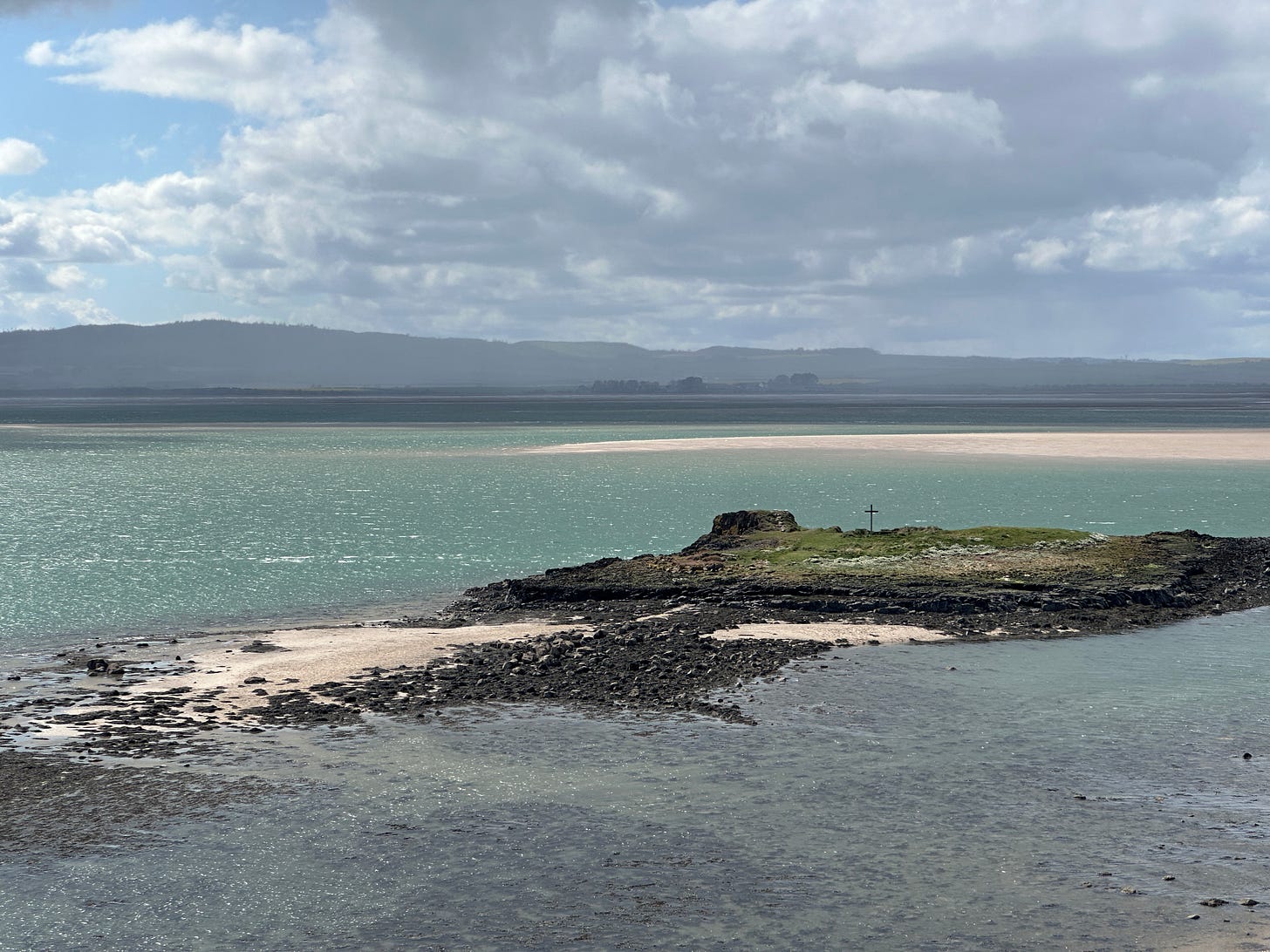
Sounds like a beautiful and peaceful place to visit. I haven’t been . Then again there are so many many places I would love to go but a lifetime is not enough. Learning and knowing history is vital even more so in our present times. Lovely article.
I've been there twice. It is such a beautiful place, and so full of history. When we were there last, two years ago, archaeologists were digging up a a site on the island and I'm curious to hear what they found, once their findings are published..